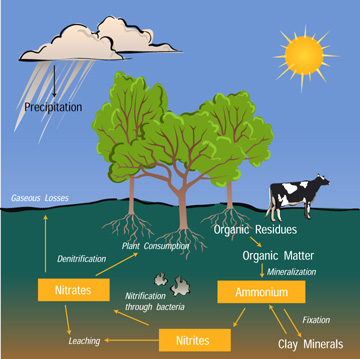Earth's Cycles Project
Posted By admin On 24.03.20AutoCAD for Product Design Lower Manufacturing Costs and Speed Time to Market Explore, document, and validate your designs before they are built. Autocady 2012 for mac. Connect to a broad network of design professionals with the familiar DWG™ file format.
The Water cycleDescribes the flow of water on Earth. The biggest StockOf water on Earth is in the oceans.
While there are many small processes in the water cycle that help water get from one place to another, there are a few main processes that facilitate the others. EvaporationIs when liquid water molecules gain enough energy to Vaporize, or turn into a gas. When water vapor is cooled it Condenses, or turns back into a liquid.
We can see condensed water from setting a glass of cold water on the table or in the sky as clouds. Precipitation Is when condensed water in the air (which forms clouds) falls to the earth, like rain. TranspirationIs the process of water vapor releasing from plants and soil.
This step is difficult to observe, but is a very important part of the water cycle. Problem Observe evaporation and condensation in different environments. Materials. Glass jar with metal lid (a mason jar would work well). Ice cubes.


Water. Stopwatch. Thermometer Procedure. Fill the glass jar with 1 cm of water covering the bottom. Screw on the metal lid.
Earth Cycles For Kids
Place an ice cube on the top of the metal lid. Take the temperature of the room. Star the stop watch and time how long it takes for the ice cube to melt completely.
Carefully lift the jar so it remains level (parallel to the floor) and look under the bottom of the lid. Record your observations. What do you observe? This would be a good opportunity to take a picture or make a quick sketch.
Natural Cycles Of The Earth
Tilt the jar slightly so some of the droplets on the lid of the jar group together. What happens?. Repeat the experiment outside in the sun, or in a cool garage or basement. Results Water will evaporate fastest in warm environments, and slower in cool environments.
Water will condense and form droplets on the underside of the metal lid. Tilting the jar will cause condensed droplets to join together, and once they are large enough, they will drop back down into the jar. In a warmer environment, the ice cube will melt faster because there will be a greater temperature difference between the surroundings and the ice cube. In warmer environments, the water will also evaporate faster. Evaporation occurs when a molecule has enough energy to turn in to a vapor, or a gas. In warmer surroundings, the air has more heat energy that can be transferred to the water molecules, thus making more of the water molecules have enough energy to vaporize. When the water in the jar evaporates, it will be condensed on the cooled metal lid.
Condensation, which is when a gas returns back to a liquid through cooling, is the opposite of vaporization (which evaporation can be considered). The ice cools the metal lid, which causes the gaseous water to condense upon. Room temperature and a cooler room will have similar results, but the ice cube will melt more slowly and there will be less water evaporation and condensation. Tilting the jar until the condensed droplets join together is representative of precipitation. In precipitation, condensed water droplets, which we see in the form of clouds, eventually become heavy enough that they fall towards earth in the form of rain, or if it’s cold enough, hail or snow.
Disclaimer and Safety Precautions Education.com provides the Science Fair Project Ideas for informational purposes only. Education.com does not make any guarantee or representation regarding the Science Fair Project Ideas and is not responsible or liable for any loss or damage, directly or indirectly, caused by your use of such information. By accessing the Science Fair Project Ideas, you waive and renounce any claims against Education.com that arise thereof. In addition, your access to Education.com's website and Science Fair Project Ideas is covered by Education.com's Privacy Policy and site Terms of Use, which include limitations on Education.com's liability. Warning is hereby given that not all Project Ideas are appropriate for all individuals or in all circumstances. Implementation of any Science Project Idea should be undertaken only in appropriate settings and with appropriate parental or other supervision.

Reading and following the safety precautions of all materials used in a project is the sole responsibility of each individual. For further information, consult your state's handbook of Science Safety.